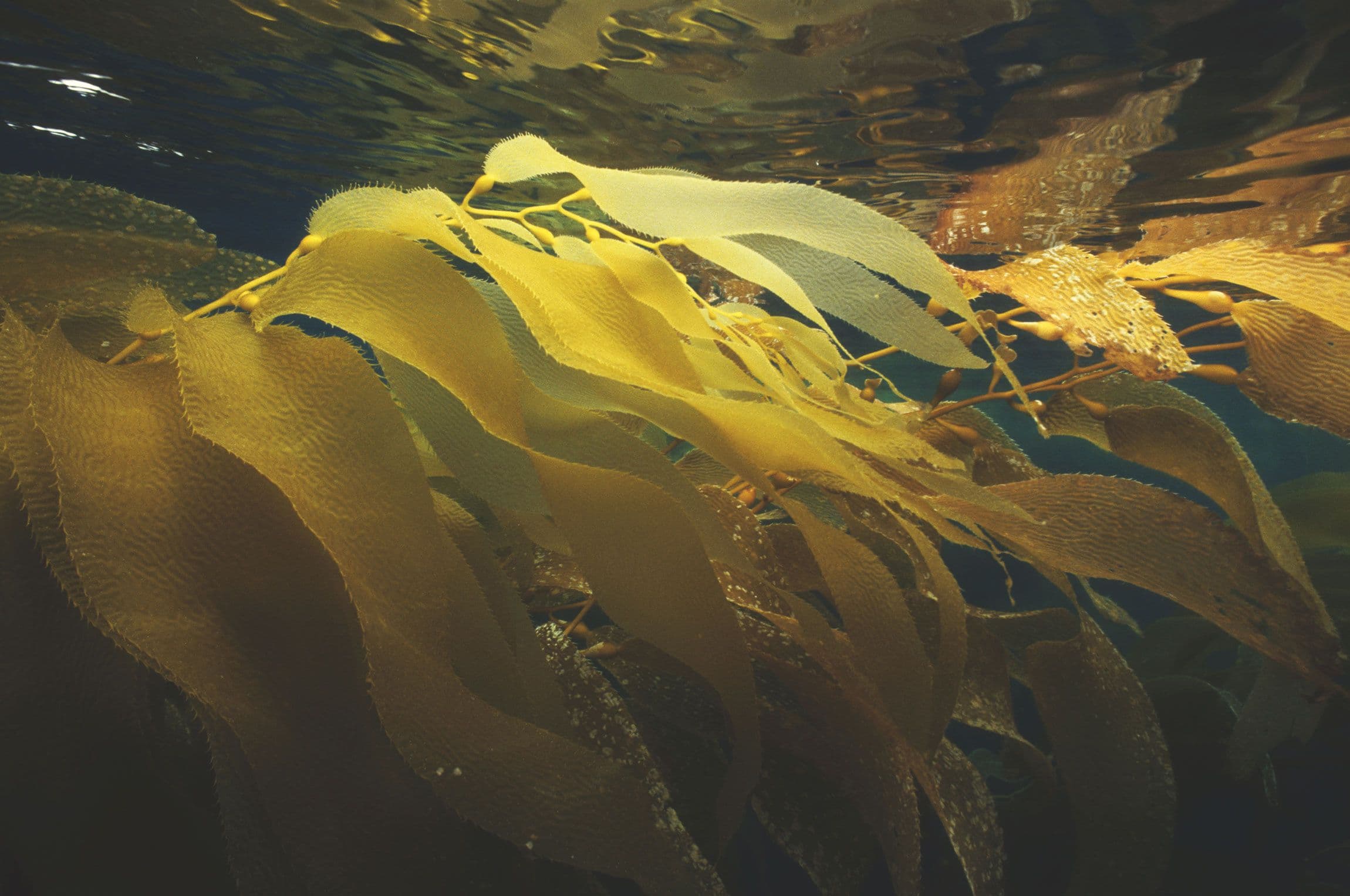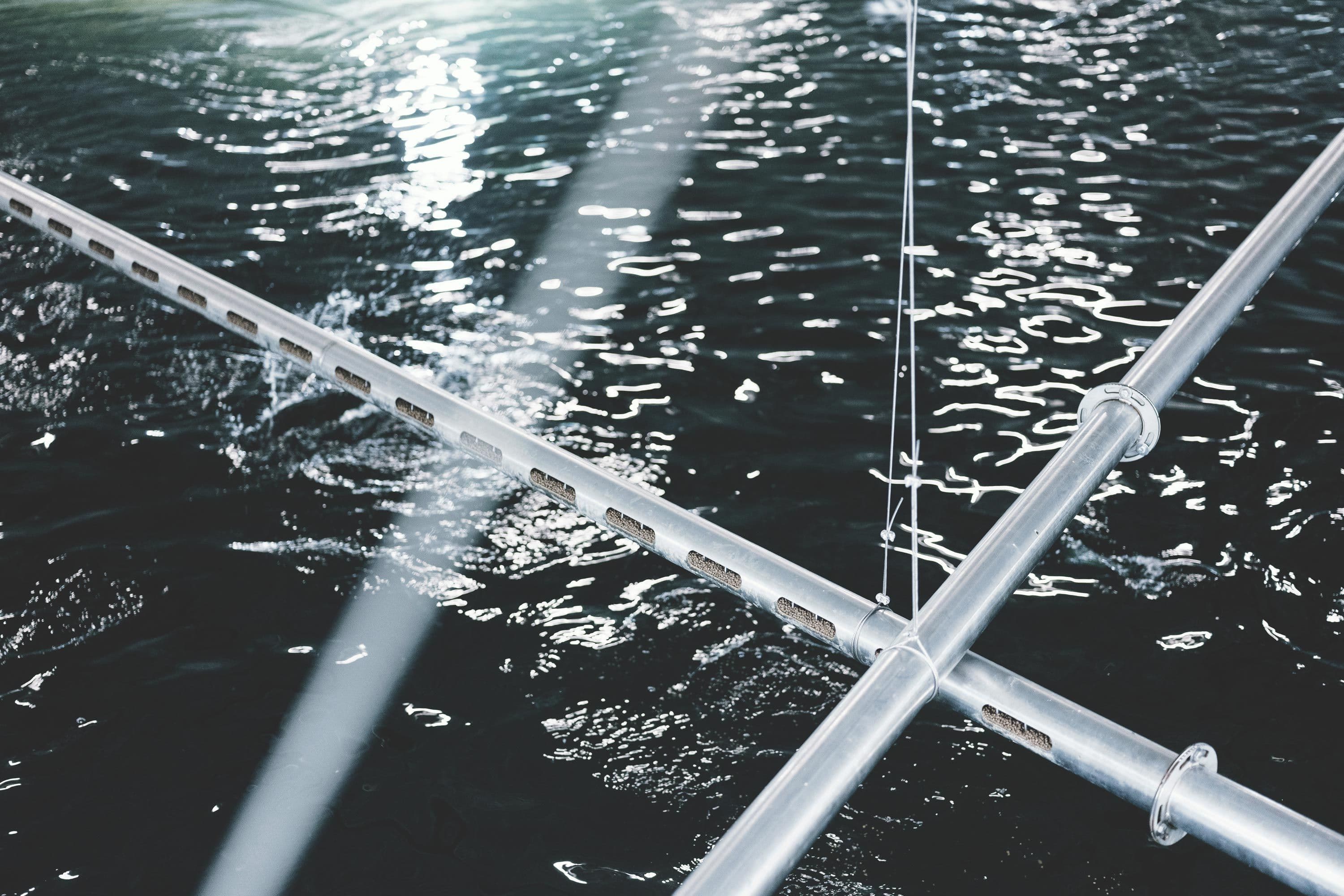
Sustainable sourcing of marine feed ingredients has long been high on the agenda. Some decades ago, most of the salmon feed ingredients were of marine origin. These ingredients are the source of the Omega-3 fatty acids EPA and DHA, which are important for the health and welfare of both humans and salmon alike.
Fish is important to a nutritious diet in many countries, and is recognized as some of the foods with the least impact on the environment. Therefore, fish are important for food security and nutrition strategies worldwide, and have a big part to play in transforming food systems and eliminating hunger and malnutrition.
Unfortunately, the percentage of fish stocks that are within biologically sustainable levels decreased from 90 percent in 1974 to 65.8 percent in 2017. Recognizing that too many of the global fisheries were managed unsustainably, and that the salmon industry was growing and could potentially drive unsustainable fishing, feed manufacturers started developing plant-based alternatives in the 2000nds. Today, about 25 percent of Grieg Seafood’s ingredients are of marine origin.Much work remains globally before all global fisheries are managed sustainably. While near 80% of all landings of marine fisheries come from biologically sustainable stocks, the status of fish stocks in places where fisheries management is ineffective or not in place at all is poor and deteriorating. Successful policies and management systems must be spread, replicated and re-adapted. If adequate measures are not implemented, the contribution of the sector to food security and livelihoods is threatened.Use of marine ingredients in Grieg Seafood’s feed
Grieg Seafood use marine ingredients from wild fish and byproducts of wild fish in our feed. The marine ingredients are either added as fish meal or fish oil. We adhere to the following principles for our marine ingredients:
- 100% of the marine ingredients we source from forage fisheries are certified according to third party certification schemes.
- No marine ingredients come from illegal, unreported, or unregulated fisheries.
- We comply with the Aquaculture Stewardship Council standard for how much fish meal and fish oil we have in our feed (see levels below).
- Grieg Seafood aims to use our market power to push the global fishing industry towards more sustainable managed fisheries, for example by accepting marine ingredients from Improver Programmes.


